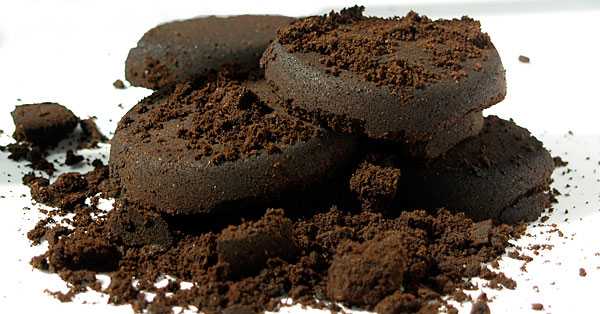WASHINGTON, USA — Researchers report the first application of used coffee grounds as environmentally friendly electrode coatings for sensitive neurochemistry measurements. The material could eventually help scientists get a better handle on brain activity and detect minute levels of neurotransmitters.
The researchers will present their results at the spring meeting of the American Chemical Society (ACS).
Spent coffee grounds have previously been used to make porous carbon supercapacitors for energy storage. But now, new research led by principal investigator Ashley Ross, Ph.D., has taken recycled coffee waste in another, more biological direction. She and her team have demonstrated that electrodes coated with carbon from this waste can detect trace levels of biomolecules in vitro. According to Ross, this is the first example of residual coffee grounds being repurposed for biosensing applications.
“I saw papers about using spent grounds to produce porous carbon for energy storage, and I thought maybe we could use this conductive material in our neurochemistry detection work,” says Ross. “And I also thought this would be a good excuse to buy lots of coffee for the lab!” Ross, who is at the University of Cincinnati, and several members of her team are self-professed coffee lovers.
The traditional microelectrodes that neuroscientists use are commonly made from carbon fiber—fine, solid carbon strands bundled together. Making them is typically an arduous and expensive process, involving multiple steps and harsh chemicals. Eventually, Ross wants to fabricate entire electrodes with carbon from coffee grounds because this type of approach would be inexpensive and environmentally friendly. As a first step toward realizing that goal, the researchers adapted the material from the grounds as a coating for conventional electrodes.
Kamya Lapsley, who was a summer student in Ross’s lab and who is currently an undergraduate student at Kent State University, took this initial challenge on. She and other members of the lab dried used coffee grounds and heated them in a tube furnace at about 1,300 F. Next, they added the material to a potassium hydroxide solution to activate the carbon and open up holes in the structure.
Then, the researchers heated the mixture again under nitrogen gas to remove any undesired byproducts. What was left was an inky slurry full of flecks of porous carbon. As a final step, the researchers diluted the sludge with water, into which they dipped the carbon fiber electrodes to coat them with a layer of porous carbon nearly a hundred times thinner than the diameter of a human hair.
















